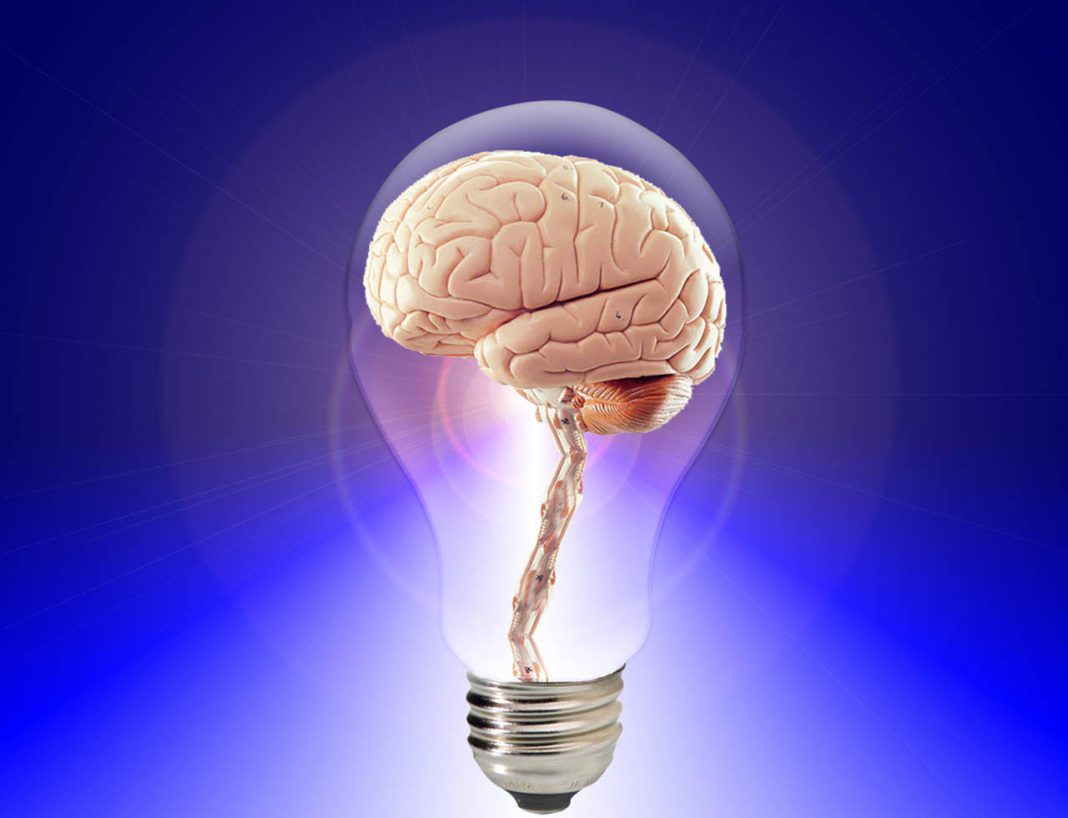Virtual Reality is commonly used for entertainment, that’s a given. But the applications of VR are increasing every day. Recently, a company called The Mill has done a new VR experiment that generates worlds inside VR based on your biometrics, called STRATA that we really thought changed the way VR could be used for every day users.
STRATA is a new type of VR experiment that tracks user’s physiological and neurological data to generate audio and surrounding visual effects. The biometric data is gathered with the help of various biometric sensors placed on the person’s body who is using the STRATA VR. According to the company, “These sensors measure EEG (brainwaves), GSR (stress levels), heart rate, and breathing (via a conductive band created by The Mill). This data feeds to an app running on the HMD that generates visuals and audio wirelessly.”
The interesting thing about the STRATA project is that since it generates the whole VR experience based on user’s biometric data, making each user’s virtual reality experience is totally unique from others. Even while inside the STRATA VR, the visuals and sounds continue to change based on the user’s current body state.
Practical use of STRATA Technology
People normally associate virtual reality with gaming and entertainment but there’s one other aspect of virtual reality and that is fitness. When you are experiencing virtual reality, you are actually doing two things – interaction and immersion. The first trait, interaction, is the one that is actually related to fitness. However, with the new advancements in VR technology, the second characteristic of VR, which is immersion, has shown that it can also be used to cure neurological diseases like chronic pains, muscle stress and even paralysis. This concept is also known as VR Therapy.
Now, what STRATA is doing is that it is basically transforming user’s biometric data into a VR experience that is just for fun. But the true ramifications that come from this technology down the road are endless. What if this can also be used to treat patients suffering from different disabilities with VR therapy?
What is VR Therapy?
VR Therapy is basically a form of virtual treatment that uses a patient’s biometric data like heart-rate, body temperature, breathing-rate, and blood pressure to name only a few and helps them recovering from any neurological disease. A patient’s body and brain both work together in virtual reality which helps in stimulation of healing process.
The Walk Again Project
Research has already been done at the Duke University in North Carolina since 2013 where 8 paralyzed patients are being treated by VR Therapy. In this research, which is named as the Walk Again Project, Doctors have been training patients in virtual reality to gain their mobility back by using robotics structure that are controlled by the patient’s brain. In real world, these patients cannot walk as their lower limbs have stopped functioning. But, when patients imagine that they can walk in virtual reality, their neural network start sending signals from brain to the damaged limbs. But since the brain has lost connection with the limbs and the nerves are no longer used to receiving signals from the cortex to the respective muscle, they won’t work. However, using virtual reality, the brain is tricked into thinking that it can send signals to damaged limbs. So, this starts the healing process as the brain tries to send signals and so the nerves start to respond.
There are many other applications of VR Therapy like rehabilitation of war veterans, achieving mindfulness, relieving stress etc. It’s just a matter of time before this VR experiment becomes successful and we see real-world scenarios where this technology is being used for both fitness and therapy.
-Peter Jameson
Have you seen a really cool VR experience that you thing we need to know about? Leave a comment below so we can check it out!






[…] Materiality. My personal experience was working on the first prototype for the VR experience Strata at The […]
Comments are closed.